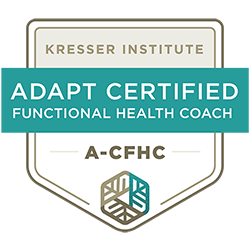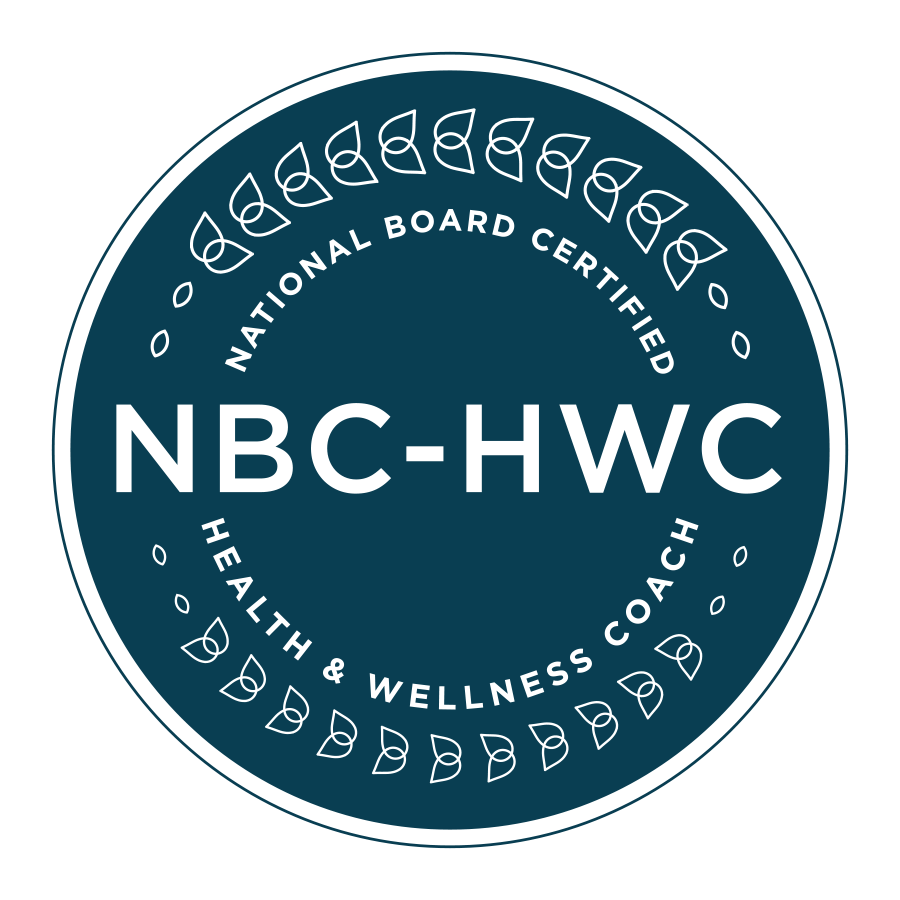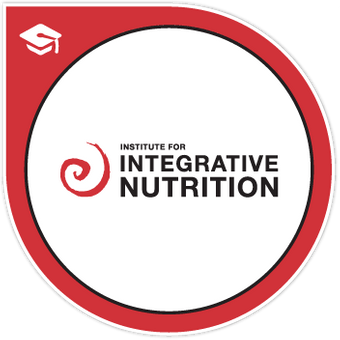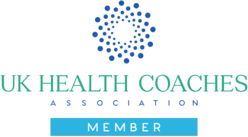This is Part 1 of my Blueprint Series: Fly well and perform at your best!, where I share with you my tips that I use before a work flight to ensure I arrive and perform at my best.
In Part 2 and Part 3 I share with you my tips for during your flight, and after you’ve landed.
Let’s dive in!
1. Avoid flying: the best way to stay your best
It sounds obvious, but if you don’t need to fly, don’t!
It’ll save you the effort of reading through this article for a start (!) and you’ll be doing your bit for the environment.
If you’re not taking a flight, you won’t have jet lag, so performing your best will be a breeze!
There is no substitute for meeting in person, face to face, but if you’re meeting doesn’t necessitate it, try using telepresence or video conferencing, or a good old fashioned telephone call instead.
TOP TIP!
If you are having to concentrate on a difficult call, put your phone to your left ear as that connects with your right brain and helps with attunement.
2. Choose your plane, class, and seat wisely
Fly on a new plane!
Boeing’s 787 Dreamliner and Airbus’s A350 take advantage of carbon fibre in their fuselage and so have lower cabin pressures, and higher humidity levels than on other models.
That means you’ll arrive feeling less dehydrated and those groggy feelings after a flight will be reduced.
I can’t overemphasise how making use of this tip before you travel, the choice of plane – all other things being equal – will have as big an impact as this will have on how you feel when you arrive after a long haul flight for work.
If your budget allows, flying in a premium cabin should help you get rest and sleep; it’s much easier to sleep lying down, unless you’re like me and can sleep soundly upright.
Whichever cabin you’re in, choose a seat where you won’t disturbed by someone squeezing past you to go to the toilet and knocking you while they’re at it.
3. Plan for jet lag before your flight
This is a tricky one. There’s no avoiding the fact that your natural circadian rhythms are disrupted by crossing time zones.
Even the best tips when you’re flying are going to have their work cut out to get you to your destination avoiding jetlag.
But remember, as you stack more of the tips in this Blueprint Series on top of each other, the better you’ll arrive, ready to perform at your best.
If you taking a flight that crosses several time zones, you can try the Time Shifter app to help you adjust to your new timezone before you fly [1].
I explain in Part 2 when to sleep (or not) when you’re on the plane.
4. Pack light, but always pack your care pack to arrive your best
I bring as little as possible, even for a week-long trip, so that I can limit myself to carry on luggage, and avoid the wait at the luggage carousel.
But in my briefcase, I include my care pack.
In Part 2, I explain what I do with my care pack on the plane to maximise my relaxation and sleep time.
TOP TIP!
Create an electronic checklist of your pre-flight packing list so that you can tick it off each time you go on a work trip, safe in the knowledge that you won’t forget anything you need.
4.1. Noise cancelling headphones
Some people like noise cancelling ones, like these made by Sony [2].
Some prefer ones that play white noise and soothing sounds, like these [3].
There’s then the choice of headphones: buds, on-ear, or over-ear.
My personal preference is the over-ear, but these can pick up the groan of the aeroplane engines if you press them against your headrest or another part of the aeroplane interior.
What I use: Kokoon’s earphones are the ones I like as they’re noise cancelling and designed for sleeping with your ear on a pillow [4].
4.2. Ear plugs
Yes, I bring ear plugs, in addition to my noise cancelling headphones.
Why?
When I’m flying for work, I want to arrive being my best. And that includes cutting out extraneous noises the can cause low-grade stress on your body.
When you wear both ear plugs and noise cancelling headphones together, it dramatically cuts out the background din of the plane and people around you.
I bring my own earplugs as I’ve often been disappointed by the ones airlines provide; they never seem to fit snugly enough (and let in sound), or they’re too hard and uncomfortable.
There’s plenty of choice in the materials you can choose:
- foam, rubber, silicone (to mould to your ear canal)
- metal + a combination of one of the above, like these Flare Audio ones [5].
What I use: I love these Happy Ears ones [6].
TOP TIP!
Preparation here is key, particularly if you’re not used to using ear plugs for sleeping. Try using them when you’re at home, or if you’re taking a nap.
Get used to them on the ground, so they don’t feel alien when you’re using them in the air.
4.3. Blue-light blocking glasses
A good pair of blue-light blocking glasses cuts out all the light sources that will bombard you on a plane (super bright sunlight during day flights, cabin lights (particularly the old fluorescent-style lighting that wreaks havoc on your mitochondria) and blue light from your devices.
This is one of my go-to tips for when I’m flying for work and want to arrive to perform at my best.
When I put these on I feel sleepy within about 15 minutes, whether I’m in the air, or on the ground.
You’ll see in Part 2 of this Blueprint Series what to do with your blue-light blocking glasses during your flight, and Part 3 will explain when to use them after you’ve landed.
What I use: True Dark’s Twilights are one of my favourites [7].
4.4. Eye mask
It’s worth the investment to buy a good quality eye mask. I find something with silk thread works the best.
The airline ones work at a pinch if you forget to bring your own, but I bring one that I’ve worn and tested at home so I know it fits, it’s comfy and it blocks out light.
Not only will your eye mask come in useful during your flight (I explain more in Part 2 of this Blueprint Series), but it’ll also come in handy after you’ve landed so you continue to perform at your best. You’ll find out more about that in Part 3.
What I use: Swannies silk eye mask [8].
4.5. Sleep aids
If I’m sleepy already, I don’t tend to take melatonin. Otherwise, I take a small dose (0.3 mg to 0.5 mg) about 30 minutes before I want to feel sleepy. I don’t take more because I find myself feeling overly groggy when I wake up. You’ll tend to find the megadoses in chemists/pharmacies (2.0 – 5.0 mg).
Listen to what your body is telling you: more does not necessarily equate to better.
And do consult with your licensed medical practitioner before taking medication. Please don’t just take my word for it!
TOP TIP!
Put your blue screen phones away, put your blue-blocking glasses on, and prepare to put your eye mask on. If you continue your exposure to the plane’s lights or the light from the screens of your devices, you’ll be battling what the melatonin is telling your body to do (ie sleep).
4.6. Clothes to promote sleep and rest
Even if I’m lucky enough to be flying in a cabin that offers in-flight pyjamas, I bring my own clothes to sleep in.
Why?
Because I know they’re comfy, they allow my skin to breathe and not get too sweaty.
Add this to you checklist before your work flight and you’ll travel well on the plane!
What I use: My favourite items are a pair of shorts [9] and a long sleeved t-shirt with merino wool [10], as they keep me at the perfect temperature – not too hot, and not too cold.
4.7. Nuts
I always have a stash of nuts in my day bag for when I get hungry. It’s no different to when I’m travelling.
But as I find I get hungry at odd times, I don’t want to get caught out by snacking on the nearest food-like product that’s merely convenient, but is not going to support me waking up and having clean energy during the day.
A word of warning! make sure you’re allowed to bring nuts into a country before you do! Otherwise, buy them after arrival.
4.8 Propolis spray
Propolis is “bee glue” which they use to coat the entire inside surface of their hives, polishing it to create one of the most sterile environments known to nature.
Propolis a natural resin and it’s packed full of essential oils and bioflavonoids.
I use a couple of squirts of propolis spray at the back of my throat before, during and after a flight to ward off the germs you find in the confined spaces on a plane, even where the air purification filters are filtering out bacteria, viruses and dust.
You might not be able to stop someone with a cold sneezing over you! But you can do your best to avoid picking up their cold!
I’ve found a propolis spray to be one of the best ways ward off picking up a cold or cough when I’m travelling on a plane and I’m putting my body through its paces by crossing multiple time zones.
A couple of sprays before, during and after your flight can work wonders.
What I use: One of these two sprays from Beekeeper’s Naturals or Comvita [11].
5. Travelling to the airport
I’ve travelled with colleagues who like to arrive at the airport three hours before a plane departs, and others who like sprinting to the gate with minutes to spare.
If you’re planning on getting some sleep on the flight, it’s important to minimise the stress of your journey to the airport. Stress will raise your cortisol levels and hinder your quality shut eye.
Minimising my stress is one of the reasons I aim not travel with colleagues, as it allows me to set my routine for optimal sleep and rest, and minimal stress.
Even though it can be difficult to say no to travelling with a colleague, it’s a good practice to adopt as often as you can before a flight so that you can focus on being your best after you arrive.
After all, when you’re at your best after arrival, you can spend time socialising with your colleague.
So, try blocking out that time for you alone, and arrive at the airport with however much time you need to feel relaxed and unrushed.
Over to you!
Now it’s your turn to curate your own tips before your work flight, so you too can arrive and perform at your best!
Don’t be afraid to experiment, and try things out.
Reflect on what you do try, and adjust your approach to find your own balance when you fly.
So, if you have a flight coming up, what will your pre-flight checklist look like, and what pre-flight tips will it contain for to help you arrive and perform at your best?
And how do you plan to implement it?
Happy experimenting!
Be wise, be healthy and be well!
Eric
Footnotes
- [1] https://www.timeshifter.com/
- [2] https://www.sony.co.uk/electronics/headband-headphones/wh-1000xm3
- [3] https://www.bose.co.uk/en_gb/products/headphones/noise_masking_sleepbuds/noise-masking-sleepbuds.html
- [4] https://kokoon.io
- [5] https://www.flareaudio.com/collections/isolate
- [6] https://www.happyears.co/uk/shop/
- [7] https://truedark.com/twilights/
- [8] https://www.swanwicksleep.com/collections/other-swannies-products/products/pure-silk-sleeping-mask
- [9] https://www.icebreaker.com/en-gb/mens-shorts/cool-lite-impulse-training-shorts/104587.html?dwvar_104587_color=001
- [10] https://www.icebreaker.com/en-gb/mens-baselayers/merino-175-everyday-long-sleeve-crewe/104483.html
- [11] https://beekeepersnaturals.com/collections/all/products/propolis-spray or
https://www.comvita.com/purest-source/propolis/rangeUS00005





Comments
Thanks for sharing this amazing post. very helpful.